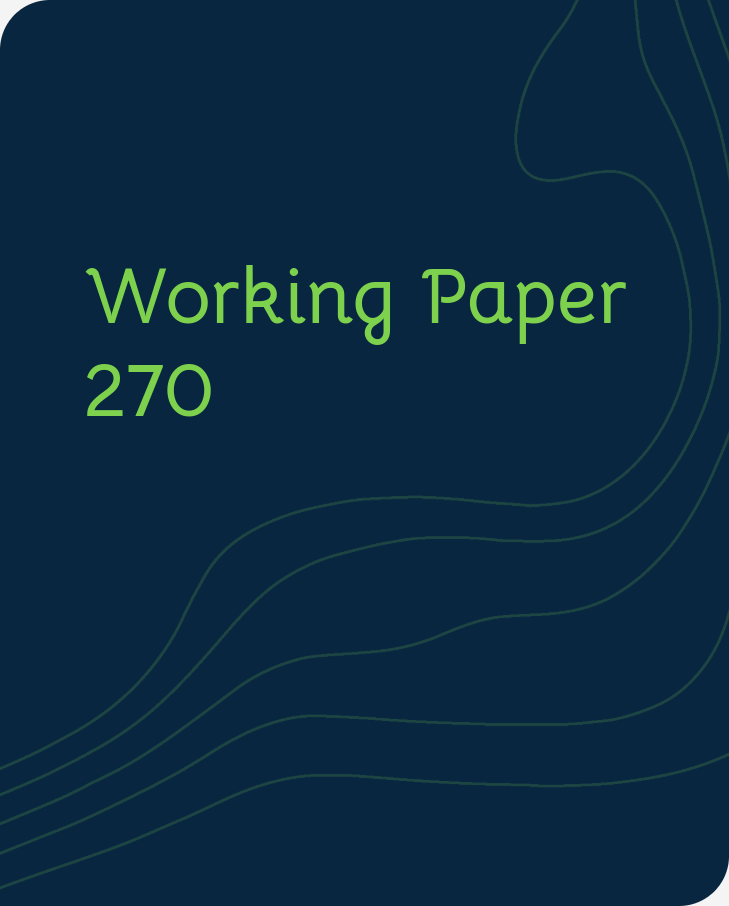Publication
Transition Report
Reform progress and transition indicators
Who we are
Overview: about the EBRDWho we are
Overview: about the EBRD
Learn about the EBRD's journey to investing more than €210 billion in over 7,400 projects.
What we do
Overview: how the EBRD operatesWhat we do
Overview: how the EBRD operates
Through projects, business services and involvement in high-level policy reform, we're doing more than ever before.
Work with us
Overview: how you can work with the EBRDWork with us
Overview: how you can work with the EBRD
We draw on three decades of regional knowledge and financial expertise to tailor our products and approaches to each client's needs.
September, 2022

By Cevat Giray Aksoy, Jose Maria Barrero, Nicholas Bloom, Steven J. Davis, Mathias Dolls and Pablo Zarate
The pandemic triggered a large, lasting shift to work from home (WFH). To study this shift, we survey full-time workers who finished primary school in 27 countries as of mid-2021 and early 2022. Our cross-country comparisons control for age, gender, education, and industry and treat the U.S. mean as the baseline. We find, first, that WFH averages 1.5 days per week in our sample, ranging widely across countries. Second, employers plan an average of 0.7 WFH days per week after the pandemic, but workers want 1.7 days. Third, employees value the option to WFH 2-3 days per week at 5 percent of pay, on average, with higher valuations for women, people with children and those with longer commutes. Fourth, most employees were favorably surprised by their WFH productivity during the pandemic. Fifth, looking across individuals, employer plans for WFH levels after the pandemic rise strongly with WFH productivity surprises during the pandemic. Sixth, looking across countries, planned WFH levels rise with the cumulative stringency of government-mandated lockdowns during the pandemic. We draw on these results to explain the big shift to WFH and to consider some implications for workers, organization, cities, and the pace of innovation.
For media enquiries related to this working paper, please contact Ksenia Yakustidi, Media Adviser at the EBRD’s Office of the Chief Economist
YakustiK@ebrd.com
All Working Papers
The Working Paper series seeks to stimulate debate on transition in the EBRD regions.
